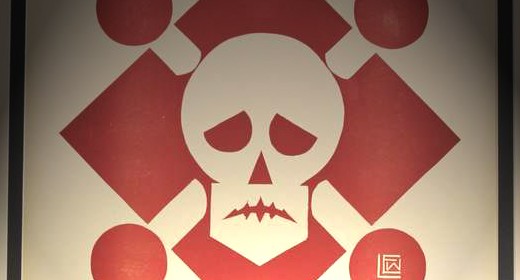AMERICA’S LETHAL COCKTAIL PARTY

By the mid-1920s, the American government was at its wit’s end. The era’s strict Prohibition laws had proved futile. Americans were still drinking; they were just doing so on the sly, frequenting speakeasies and buying alcohol from crime syndicates. Gangs would steal large quantities of industrial alcohol—used for everything from fueling machines to sterilizing instruments— then redistill the hooch to remove impurities before putting it on the market. In its effort to fight back, the Bureau of Prohibition came up with a shocking idea: What if it poisoned the industrial alcohol supply?
In 1926, the federal government bought into the idea, issuing regulations that required manufacturers to make industrial alcohol more lethal. The new formulas included mercury salts, benzene, and kerosene, and the results were chilling. Alcohol-related deaths skyrocketed, with officials attributing more than a thousand deaths to the program in its first year alone. People were outraged.
“The United States government must be charged with the moral responsibility for the deaths,” said New York City medical examiner Charles Norris, one of the measure’s most outspoken foes.
The government held firm on its position even as the body count rose. In New York City, 400 people died the first year. Seven hundred died the next, and the pattern was replicated in cities across the country. Yet Prohibitionists continued to defend the law. The Anti-Saloon League, Norris’s frequent sparring partner, fired back: “Dr. Norris should logically next demand palatable varnish and potable shellac.” Nebraska’s Omaha Bee asked, “Must Uncle Sam guarantee safety for souses?”
It took more than 10,000 American deaths and a furious public backlash for the government to quietly end its “chemists’ war.” But it wasn’t until sometime around 1933, when the regulations were phased out quietly, that what Norris had dubbed “our national experiment in extermination” was officially over.

 Print
Print